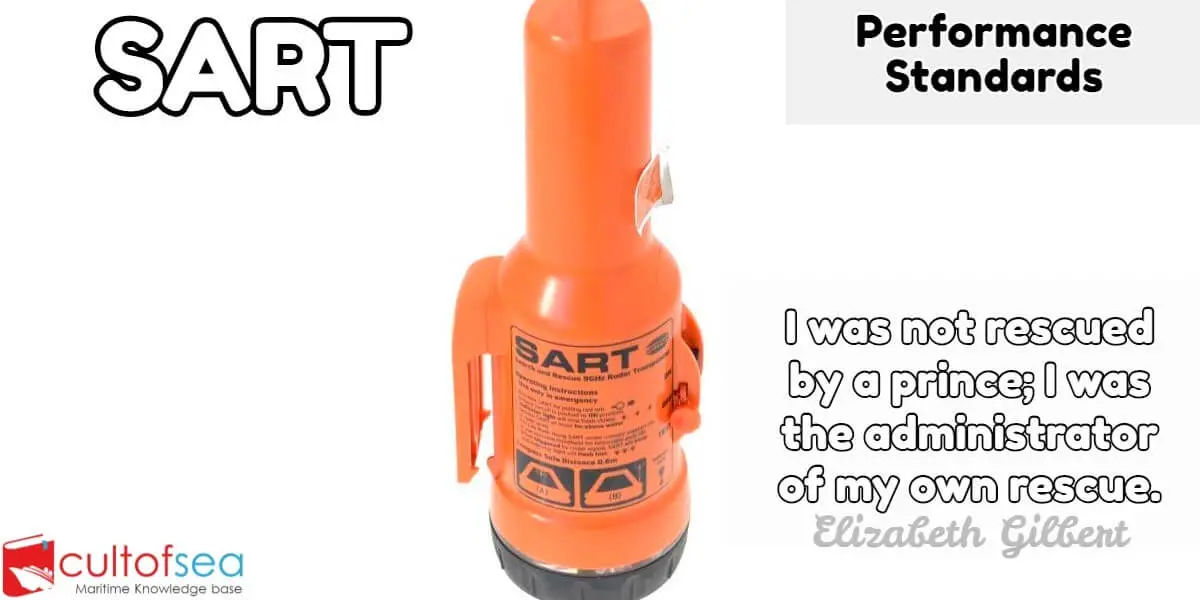Recommendation On Performance Standards For Float-Free Satellite Emergency Position-Indicating Radio Beacons (EPIRBs) Operating On 406mhz General 1. The satellite EPIRB should be capable of transmitting a distress alert to a polar-orbiting satellite.2. The EPIRB should be of an automatic float-free type. The equipment, mounting and releasing arrangements should be reliable, and should operate satisfactorily under the most extreme conditions likely to be met with at sea.3. The satellite EPIRB should: .1 be fitted with adequate means to prevent inadvertent activation; .2 be so … [Read more...]
SART – Performance Standards
Recommendation On Performance Standards For Survival Craft Radar Transponders For Use In Search And Rescue Operations The SART should be capable of indicating the location of a unit in distress on the assisting unit's radars by means of a series of equally spaced dots (resolution A.530(13)). 1. The SART should: .1 be capable of being easily activated by unskilled personnel; .2 be fitted with means to prevent inadvertent activation; .3be equipped with a means which is either visual or audible or both visual and audible, to indicate correct operation and to alert survivors to the fact that … [Read more...]

